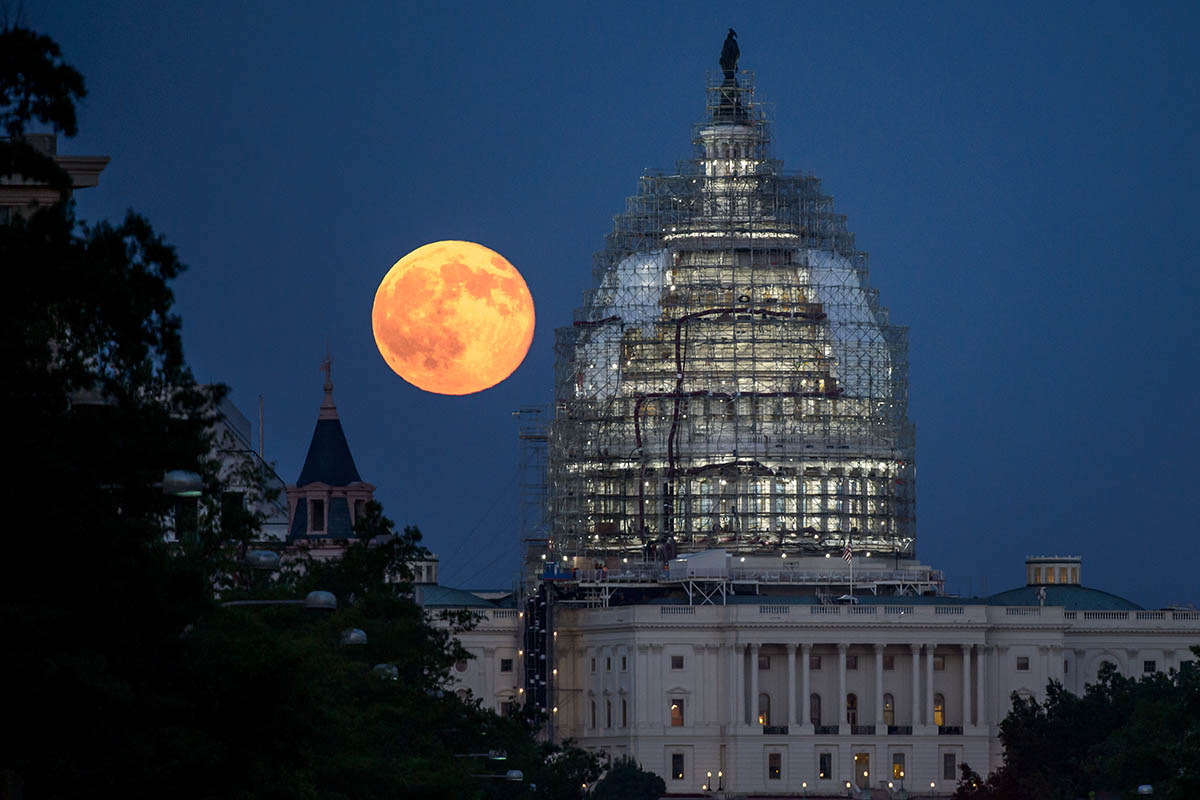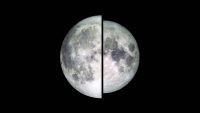While they make for great photographs, images like this one that rely on a special photographic technique aren’t an accurate representation of what the supermoon will look like to the naked eye. (NASA/Bill Ingalls)
Home While they make for great photographs, images like this one that rely on a special photographic technique aren’t an accurate representation of what the supermoon will look like to the naked eye. (NASA/Bill Ingalls) While they make for great photographs, images like this one that rely on a special photographic technique aren't an accurate representation of what the supermoon will look like to the naked eye. (NASA/Bill Ingalls)




